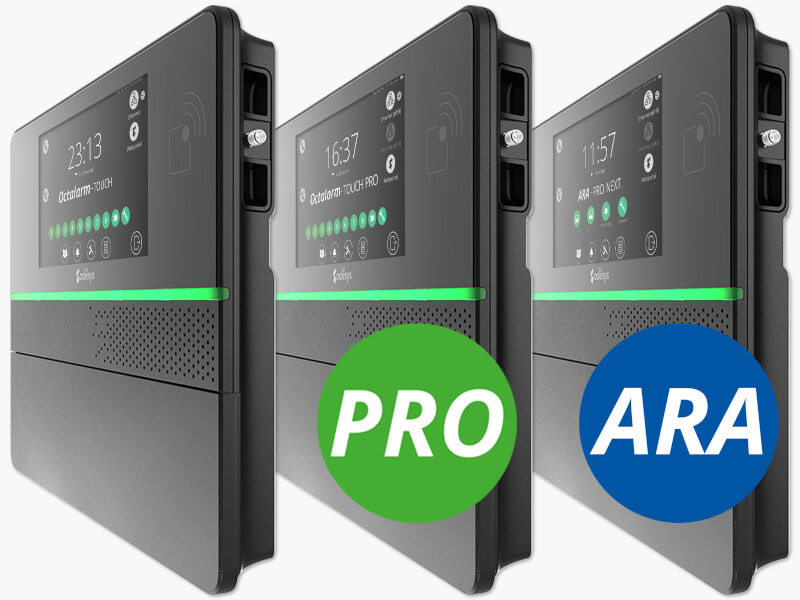(Update article: 21-10-2024)
The global roll-out of VoLTE (Voice over LTE)
What is VoLTE
Voice over LTE (VoLTE) is the new standard for making calls via the 4G network. It is still optional in many countries, but due to the phasing out of 2G and 3G worldwide, VoLTE will become the main way for making phone calls.
In the UK for 2G, the phase-out period from June 2023 to 2025 is mentioned. In the United States 2G was switched off a long time ago and 3G is currently being phased out. In many places in the US, VoLTE is the only way to make mobile calls.
It appears that the telecom sector was actually not yet ready to switch to VoLTE. The VoLTE standard did not work automatically like GSM (2G) and UMTS (3G) did. The VoLTE standard involves many more aspects.

The creation of a VoLTE standard, for instance
Making a call via VoLTE is an interaction between the engine (GSM transmitter/receiver) of a device and the relevant telecom provider. To make this happen, all global telecom providers need to get in contact with smartphone manufacturers and 4G engine manufacturers in order to
- have the settings belonging to a network code put into every device from that manufacturer;
- persuade them to add the profile of the relevant provider to the firmware of the phone or 4G engine.
In practice, it turns out that many providers have not yet made these agreements, resulting in VoLTE not yet being operational in many parts of the world. Every phone or 4G engine has a default VoLTE profile that is supported by many providers. Manufacturers have often developed additional profiles for different providers, but unfortunately there are still many providers that are not supported.
Smartphone manufacturers and manufacturers of 4G engines do not have information regarding providers that are supported worldwide and those that are not. In practice, they adopt a trial-and-error approach. If it doesn't work, the smartphone or 4G engine supplier will request debug information, allowing them to add the relevant provider to their phone or 4G engine in a subsequent firmware update. This is how VoLTE is being rolled out globally.
How does this affect the Octalarm product range?
The Octalarm alarm diallers with 4G, the Touch, Touch Pro and ARA, contain engines from the manufacturer Quectel. Now the coverage of 4G with Volte is sufficient, you can simply switch to calling via the 4G network by turning on the VoLTE setting in the dialler if this is not yet enabled.

The current situation with Octalarm Connect (KPN M2M SIM card included)
In a large part of the world (i.e. in all zone 1 and 2 countries) Octalarm Connect can be activated with the KPN SIM included in the dialler. KPN has recently initiated the rollout of VoLTE on these sim cards and the conversion of all sim cards will be completed before the end of October 2024. This will make it possible to send voice messages via VoLTE using KPN's current M2M SIMs.
What if you want to call out with your own sim card (from another provider)?
In areas where 2G|3G coverage is disabled, the VoLTE setting on the dialler needs to be switched on by default. Using a 4G LTE-M SIM card from a local provider you can find out if this provider is already included in the engine of Quectel, which is fitted in the Octalarm alarm dialler.

If dialling out is not possible, we can use the debug information of the relevant provider to update the firmware of the module with the Octalarm alarm dialler(s) relatively easily. There are several months between supplying the debug information and the release of a new beta release of the engine firmware. This beta release will be tested and subsequently included as part of the next formal release of Quectel as an additional profile for VoLTE.
Our experiences in the United States
When end customers in the United States purchase a SIM card in the telecom shop, they are asked for the IMEI number of the device the SIM card is to be inserted into. The IMEI number is the unique hardware identification number for each GSM/LTE module.
We are now seeing that this sometimes causes problems for Octalarm customers. This is because providers in the United States use this IMEI number to check the capabilities of such a device and then switch on the corresponding network. However, the device must be known and have a PTCRB certificate. The Octalarm alarm dialler does not yet have a PTCRB certificate. That is why 4G is not switched on. We are in consultation with Quectel to improve the situation and to set up the approval process for the PTCRB certificate. In addition, we are investigating which telecom providers' SIM cards do work with the Octalarm alarm dialler. It does seem to work with T-Mobile, for example, but they do not (yet) have an entire network in the United States. Meanwhile, AT&T has been included as a provider on the Quectel engine.
